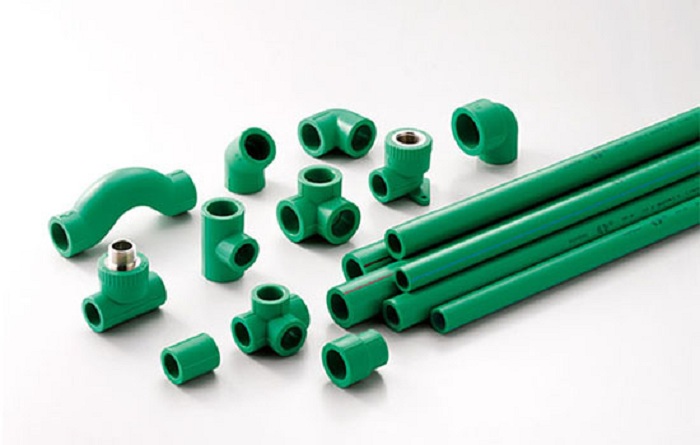Mini Pipe Guide for Home Plumbing

There are five primary types of house plumbing pipes that are often seen in homes of various sizes. You may use hot and cold water in your household using one of these pipes. They also help to create the drainage and exhaust networks in your home.
You will discover various pipes in your home, whether it is an older home or a new build. PEX, PVC, ABS, Copper, and PPR pipes are among them.
Such pipes are widely used in a variety of applications. Some pipelines are more suited to particular purposes and tasks than others owing to their characteristics. The following systems are in operation in your home:
- System of water supply
- Drainage and garbage venting system
- Plumbing in the kitchen
- The drainage system in the bathroom
Your home’s water system delivers hot and cold water to each and every room, along with the washer room. Water supply pipes must properly transport groundwater to your equipment, such as your dishwasher. Valves and pumps control the flow of water in this system.
Rather than being impacted by sewer fumes, your drainage, waste, and exhaust system guarantees that you may rest in your house. The pipelines in this network are typically large and transport waste to the city’s sewage line. If you have a septic system or a sewage field, your wastewater will be sent through these large pipes.
How Does Your Home’s Plumbing Work?
The plumbing in your home is complicated, but it’s quite straightforward in terms of what goes in and out. Groundwater is brought into your residence from a well or the town’s primary water source. The freshwater is then sent to your kitchen, laundry, washroom, and bathroom via water supply pipes.
The water is carried away from home via the drainage, ventilation, and sewage system after it has been used for cleaning, bathing, and other purposes. This sewage is flushed into septic tanks or the sewage system in your neighborhood, where it is processed.
Types of Plumbing Pipes
- PPR
PPR pipes are the most prevalent type of pipe; therefore, you’ll find these pipes in any household, no matter how big or little it is. Polypropylene pipes are used to make these pipelines. Even though there are rare exceptions, they are hollow and generally have a round cross-section.
PPR pipes may transport materials that flow freely, such as vapors and fluids. They are believed to be ecologically beneficial and long-lasting. Because these pipes are corrosion-resistant, they can reliably transport both hot and cold water throughout your home. There are substitutes to PPR, but it is the most cost-effective choice; thus, it has been chosen above the others.
- PVC
In residential plumbing, PVC is frequently utilized as a line pipe. The PVC pipe’s mechanical properties and compressive strength are high, while the inner surface is seamless, allowing water to flow freely. As a consequence, it is challenging to obstruct PVC pipes.
The water system, drainage, garbage, and vent systems all contain PVC. A PVC home plumbing exhaust pipe performs effectively in the circumstances needing low density and higher temperature, making it ideal for your bathroom’s drain line. PVC is unsuitable for transporting hot water.
- PEX
PEX isn’t often present in all houses. They’re also known as polyethylene cross-linked pipes, and they won’t rust in the water. As a result, they can be used in situations where galvanized pipes would be ineffective. It can carry both hot and cold water and comes in a variety of colors to make color labeling simple.
- ABS
ABS is commonly used in sinks, tubs, and other locations where a long-lasting pipe is needed. It functions similarly to PVC; however, ABS is black. It’s popular for outdoor use since it’s impact-resistant.
ABS pipes do not fracture when exposed to cold temperatures.
- Copper
Water is periodically delivered using copper pipes. They are available in both hard and soft versions for residential plumbing.
Copper pipes are valuable metal pipes that are commonly found in high-end business establishments. They aren’t appropriate for households with certain types of well water because of the cost.





